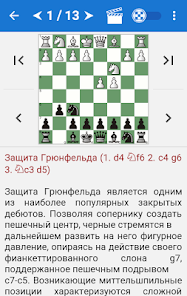Introduction:
Chess is a game that tests all the mental faculties of the players involved. It requires immense patience, concentration and strategic thinking. The Grünfeld Defense is one of the most popular and complicated chess openings that arise after 1.d4 Nf6 2.c4 g6 3.Nc3 d5. It is a defense for black, named after the Austrian chess player Ernst Grünfeld. This game walkthrough is all about learning the tactics involved in the Grünfeld Defense.
Gameplay:
The Grünfeld Defense is considered as one of the trickiest opening systems in chess. It involves both the e5 and c5 squares that are strategically important for the game. The opening system’s main goal is to counter white’s dominance in the center by targeting the d4 square after black’s third move. Here are some of the key tactics involved in Grünfeld Defense.
Sacs –
Sacrifices are a key aspect of the Grünfeld Defense. Since black is under a lot of pressure right from the start, many times sacrifice is the only way to get a counter-attack. Black can use the sacs to gain tempo and grab the initiative in the game. A sac on the f3 square is a great example of this. Black can sacrifice the knight on f3 to open up the h file and put immense pressure on the white king’s position.
Chess Tactics in Grünfeld Def.
10.0
Board








